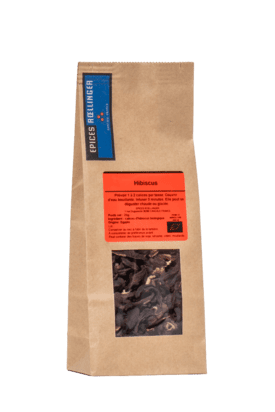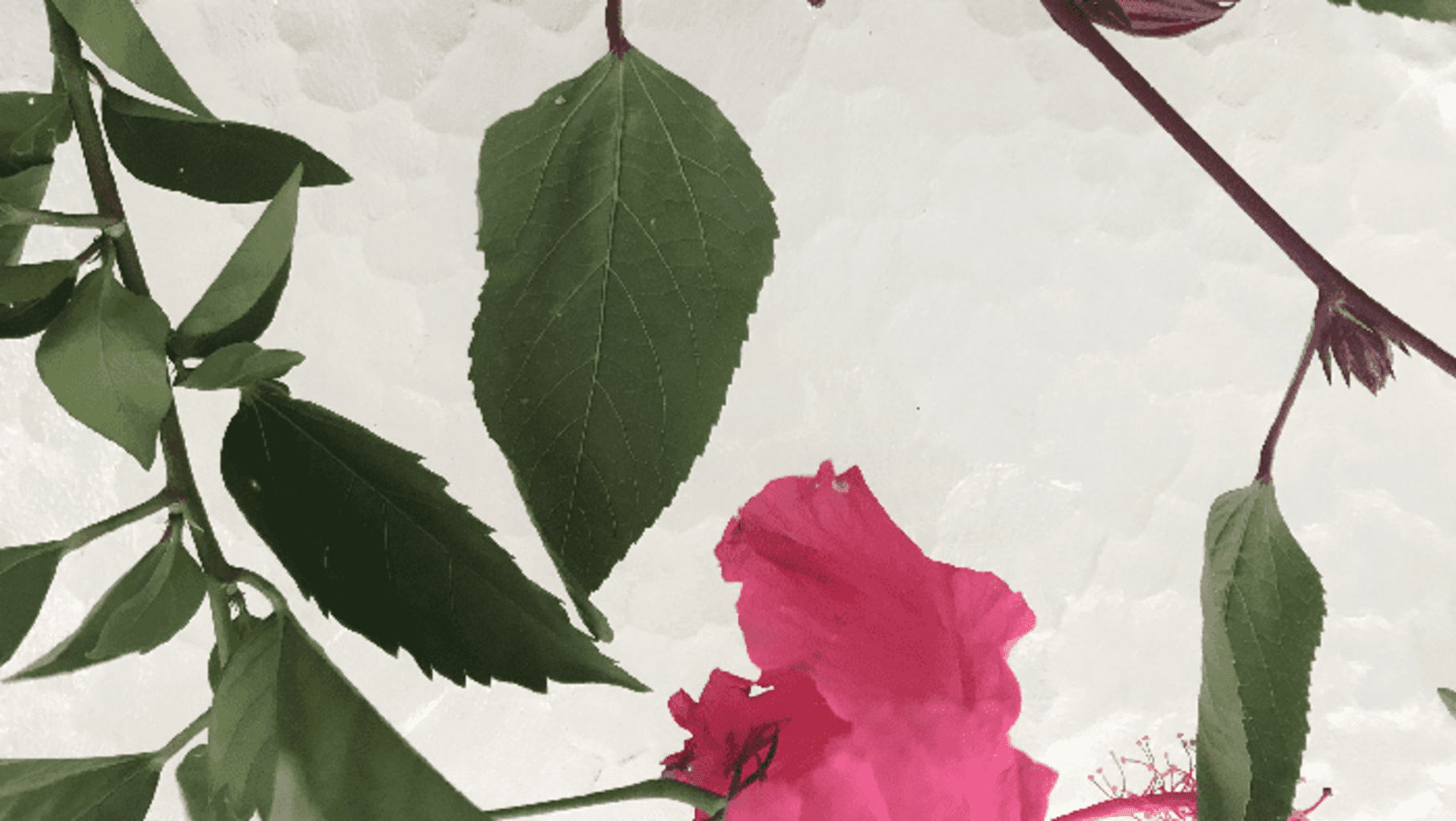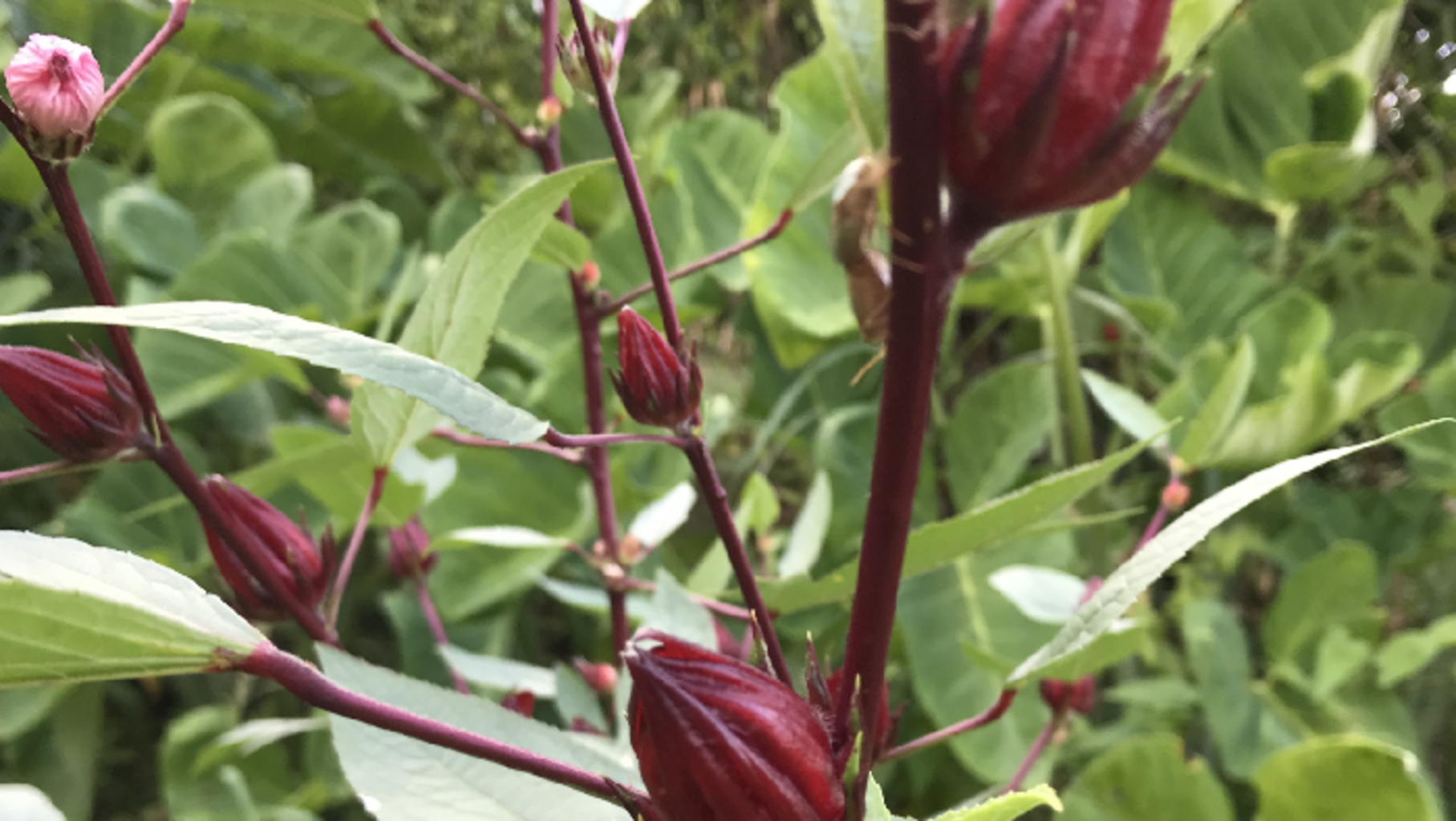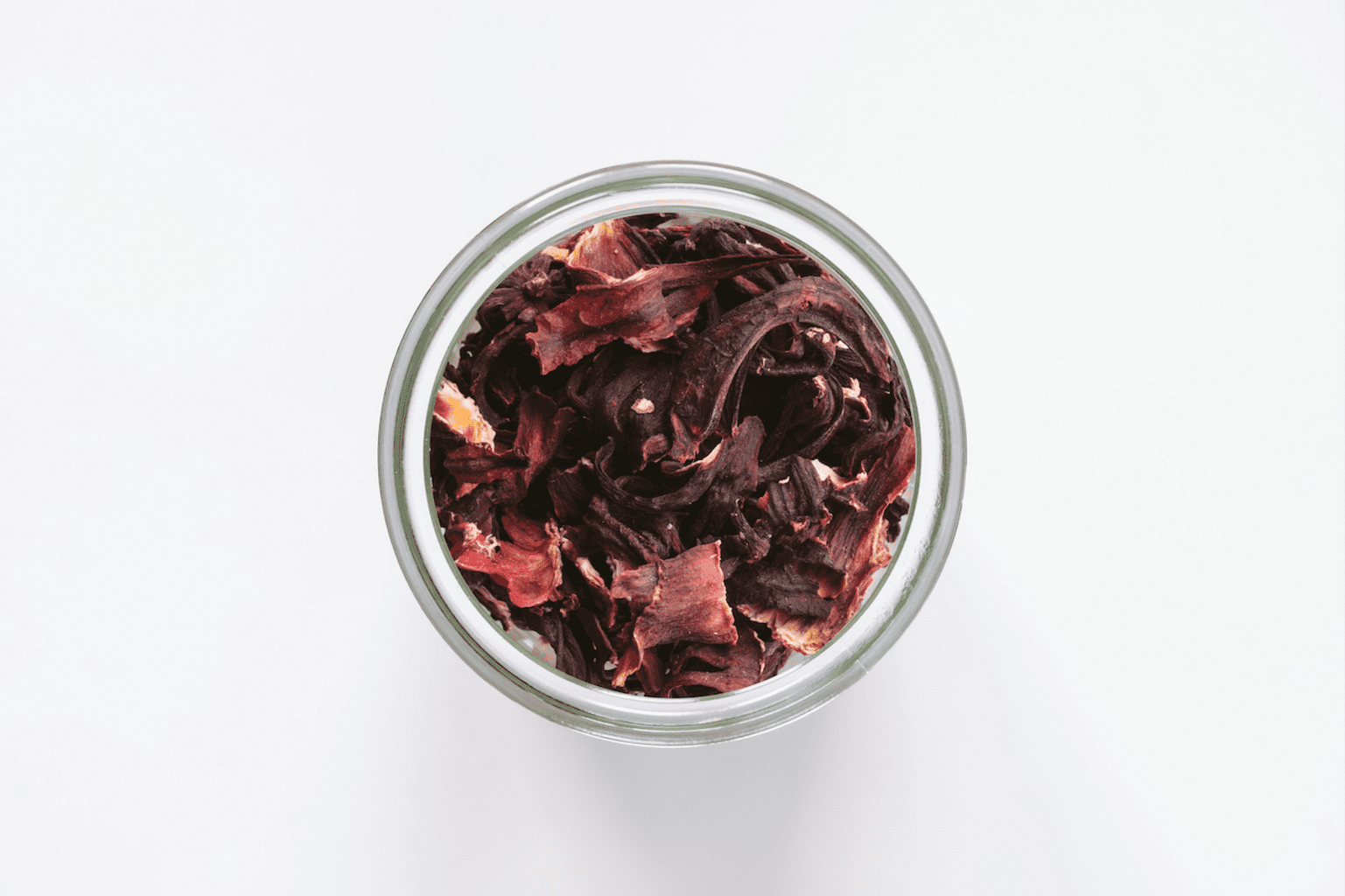Hibiscus

Recommendations
- Allergens Absent, except for cross-contamination. May contain traces of sesame, celery, mustard, soy.
- Origin Egypt
- Storage / Use In a cool, dark, dry place.
The words of Mathilde Rœllinger
Another hibiscus memory that comes to mind is of sorrel drink, a sweet, chilled beverage made with hibiscus flowers and spices. I first tasted sorrel drink on the island of Grenada thanks to our nutmeg growers. Sorrel drink is made by macerating the calyxes in water and is traditionally served during the holidays in December. The maceration process is similar to that of bissap juice, a West African hibiscus beverage, and agua de Jamaica, a popular Mexican drink.
I like to make hibiscus syrup that can be used to flavor fruit juice or sparkling water.


Story
Although there are over 200 plants in the Hibiscus genus, only a few, such as Hibiscus sabdariffa, are used in food and drinks. Most hibiscus varieties are grown as ornamental trees and shrubs.
People often talk of using hibiscus ‘flowers,’ but they are in fact the calyxes of the plant that are used. The calyxes form after the petals drop off, but before the fruit begins to mature. When fresh, hibiscus calyxes are a deep red. They turn dark violet with a hint of pink as they dry.
Hibiscus sabdariffa is native to South Africa. Its cultivation spread throughout the African continent, then to India, the Antilles, and Brazil, where it was first mentioned in the 18th century.
Roselle, Florida cranberry, Jamaica sorrel, Guinea sorrel, groseille-pays (country redcurrant), bissap, and pink tea…the various terms for hibiscus are an indication of the wonder its rich color and tart flavor inspire.
